Simms River Camo: Video
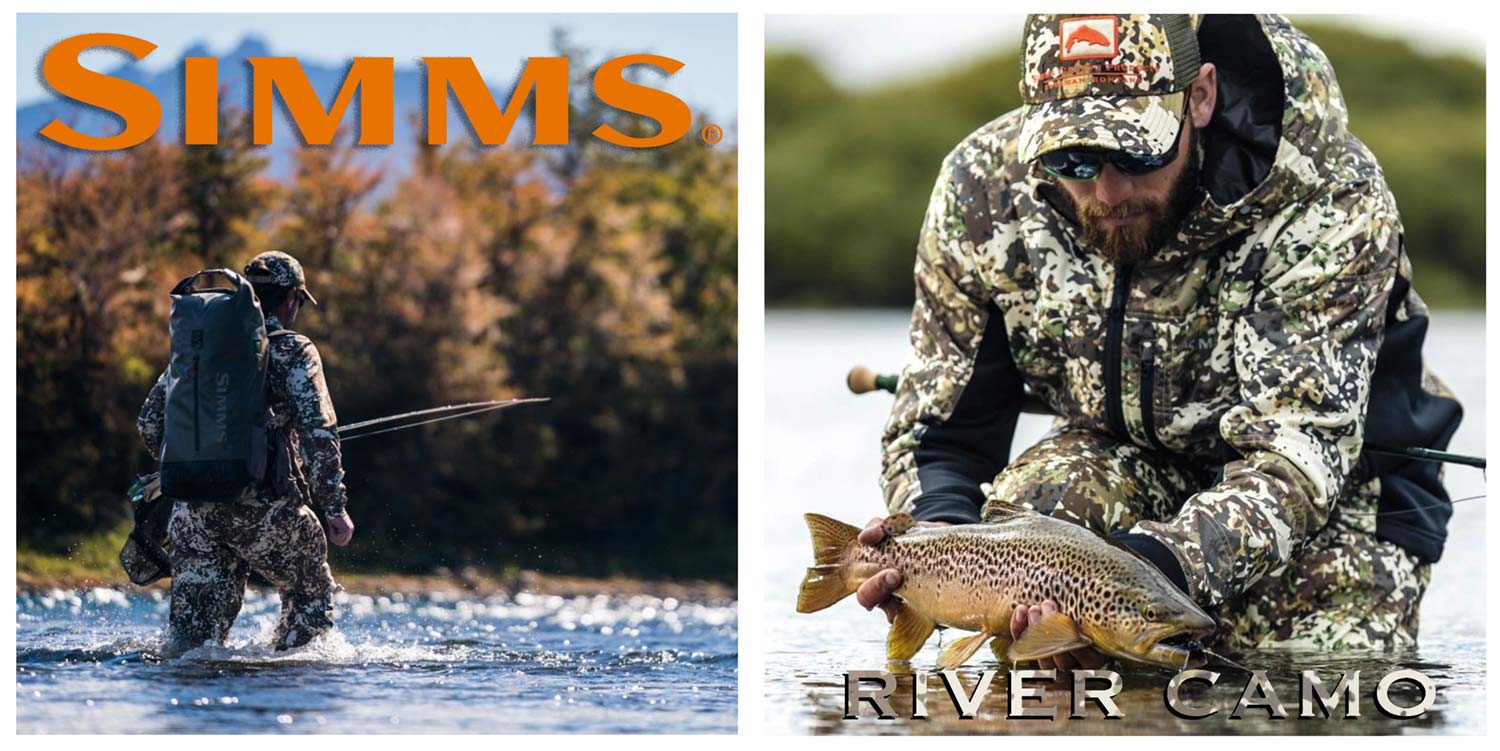
The new River Camo from Simms let’s you dress from head to foot in stealth.
There’s little doubt among seasoned anglers that stealth is an important part of the game. Being able to position yourself as close as possible to the fish greatly increases your chances of a hook up. Simms has taken this idea to heart in this years offering of their new River Camo.
Not just a fashion statement, the river came was designed to work from the fish’s perspective, breaking up and disguising form and motion when viewed through water. It is available in a wide range of clothing from the industry standard G3 Pro wader to sun gators and gloves.
WATCH THE VIDEO FOR ALL OF THE DETAILS ON SIMMS RIVER CAMO.
Read More »Dry Fly Fishing and the Dead Drift

By Pudge Kleinkauf
The following is an excerpt from the book “Rookie No More: The Fly Fishing Novice Gets Guidance From A Pro”
Question: How do I achieve the “dead drift” when I’m dry fly fishing?
Answer: Most fly anglers find that fishing dry flies on the surface of the water is one of their favorite ways to fish. Seeing a fish rise up from beneath the water to take our bug imitation is a very exciting part of our sport. Called dry fly fishing, it isn’t one of the easiest of skills to master, however. Achieving the dead drift results from two things: good casting and correct management of the fly on the water.
Dry fly fishing is often referred to as “fooling fish with fur and feathers.” A good imitation of the fish’s food source, placed on the water with an appropriate cast, should result in a fly that looks and drifts on the water like the real thing. That could be an adult mayfly, caddis, or stonefly returning to the water’s surface to lay its eggs, or a bee or ant blown into the water from stream-side vegetation.
While learning to fish dry flies, you need to start by being able to track the fly on the water. Use a very visible fly a size or two larger than you need or a small fly with a bit of white or colored calf tail or poly yarn on its top to provide a focal spot for your eye to key on. Two of the best flies to use while learning to dry-fly fish are the Parachute Adams and the Royal Wulff (tied with white calf-tail wings) in a size #12.
“Find the fly on the surface just as soon as it lands,” I tell my students and clients, “and then never take your eyes off of it as it drifts along.” I also have beginners cast in fairly close to themselves until they train their eye to quickly locate the fly on the water at the end of the leader. As they become better able to judge distance, I have them extend their cast a little farther each time to learn how to spot the fly at greater distances. If you can’t follow your fly on the water, you won’t know how it is drifting.
A well-executed overhead cast is the best cast to help achieve the delicacy and gentleness of a wispy, weightless, imitation bug descending and landing on the water. The fly must land silently, delicately, and naturally. My instructor repeated over and over, “Think flutter, Pudge. The fly should ‘flutter’ to the surface, not slap down on it.” Because I could clearly see the difference between a flutter and a splat, that image worked for me.
Fluttering results from a
Read More »Fly Fishing and Tapping into your Subconscious Thinking
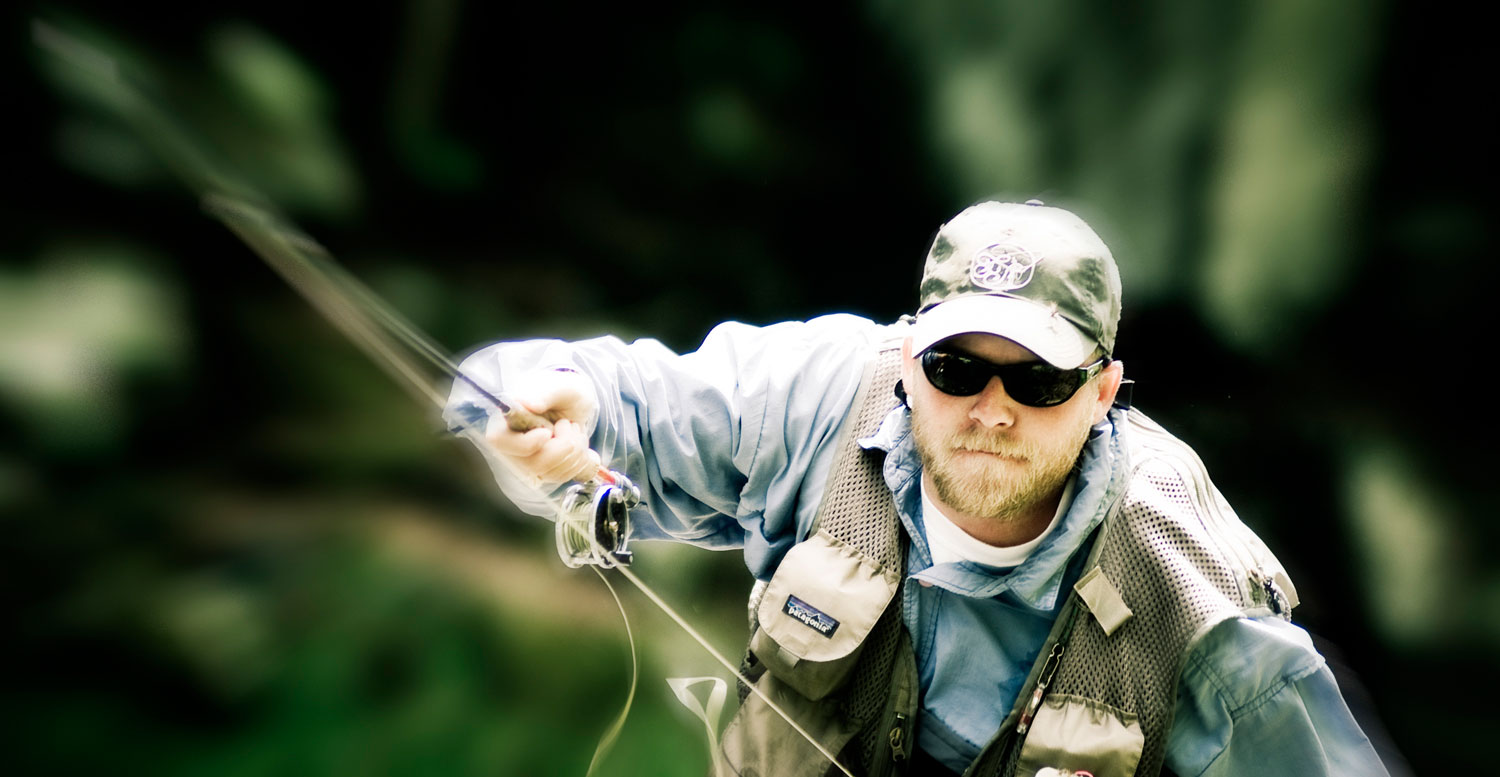
One of the most stimulating and interesting TV shows that I take the time to watch every chance I get is “Through the Wormhole” on the Science Channel. Go ahead and call me a geek, I find the show inspiring and can’t help to think if I’d been forced to watch this show as a kid I’d probably be three times as smart as I am today, and would have made it much further in my advanced education. “Through the Wormhole”, is hosted by the great actor Morgan Freeman, and it runs segments on all facets of life, discussing such topics as advanced science and mathematics, space travel and the human brain. The other day couch surfing and flipping through channels on the TV, I stumbled upon the show and quickly found myself glued to the screen as it talked about the mysteries of our subconscious, and how it’s used every waken moment of our lives.
Neuroscientists have prooved that the human brain constantly uses our subconcious to guide us and sway our decision making.
The show talked about how it’s our subconscious that allows musicians to memorize and perform extraordinarily difficult pieces of music perfectly by keeping their mind and muscle control in harmony. I assume it’s very similar to how professional athletes are able to put themselves in a zone during a game by using their subconscious, then making game winning plays. It was explained that our subconscious always stays two steps ahead of our conscious thinking, and that it’s a major driving force that keeps us out of danger and allows us to use our gut feelings to make spontaneous decisions correctly when we lack the information needed. The show went on and on, in great detail about how humans benefit from their sub-conscious, and then backed it all up by doctoral research and testing. In the end, the show concluded that in the future, if humans can learn to regularly tap into their subconscious we’ll be able to be more healthy, become significantly smarter and more creative than we can possibly imagine.
After I finished watching that particular episode of “Through the Wormhole”, I began thinking about what degree our subconscious plays in our fly fishing. For years, I’ve felt like my subconscious has allowed me at times to put myself in a zone on the water. Allowing me to amplify my senses and get extremely focused when the fishing conditions demanded it. I now believe it was due to me tapping into my subconscious that explains how I’m able to look at a spot on the water and drop my fly with pin-point accuracy in an area the size of a dinner plate, over and over. Replaying years of
Read More »Simms Intruder Boot Review
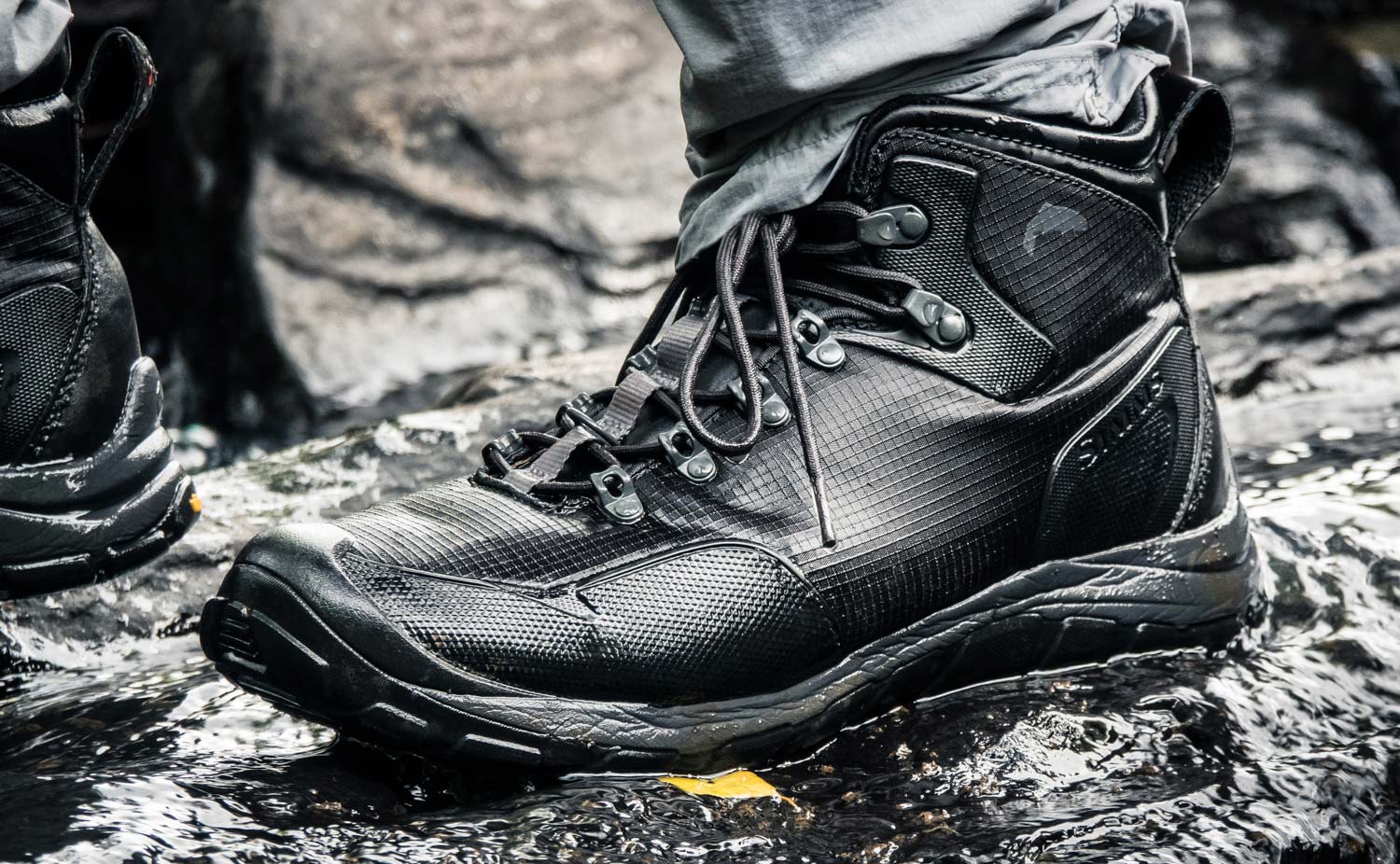
By Louis Cahill
The Simms Intruder boot answers a lot of questions for anglers who wet wade.
You haven’t seen me review a wading boot in quite some time. My G3 guide boots just won’t wear out so I haven’t had a reason to replace them. I still haven’t, but when I started preparing for my trip to Argentina last February, I realized I need something different. I knew the weather would be warm and there was no way I was carrying waders half way around the world to not wear. I wasn’t crazy about the idea of lugging those big wading boots either. Now that I’ve spent a season in the Intruder boots, I wish I’d bought them sooner.
Like most anglers who wet wade, I generally just put my regular wading boots on over a pair of neoprene socks and go for it. It works but it’s overkill and not especially comfortable. I had seen the Intruder boots when they were still prototypes and always thought they looked cool. I ordered a pair and hoped for the best.
When I took the Intruders out of the box, I was immediately impressed by how light they are. Way lighter than the Vasque boots I wear day-to-day. I slipped them on and was equally impressed by the fit and how comfortable they are. They truly feel like a hiking boot on your feet. I was excited to try them out in some Argentine water.
The Intruder is available with eithe
Read More »Autumnal Trouting
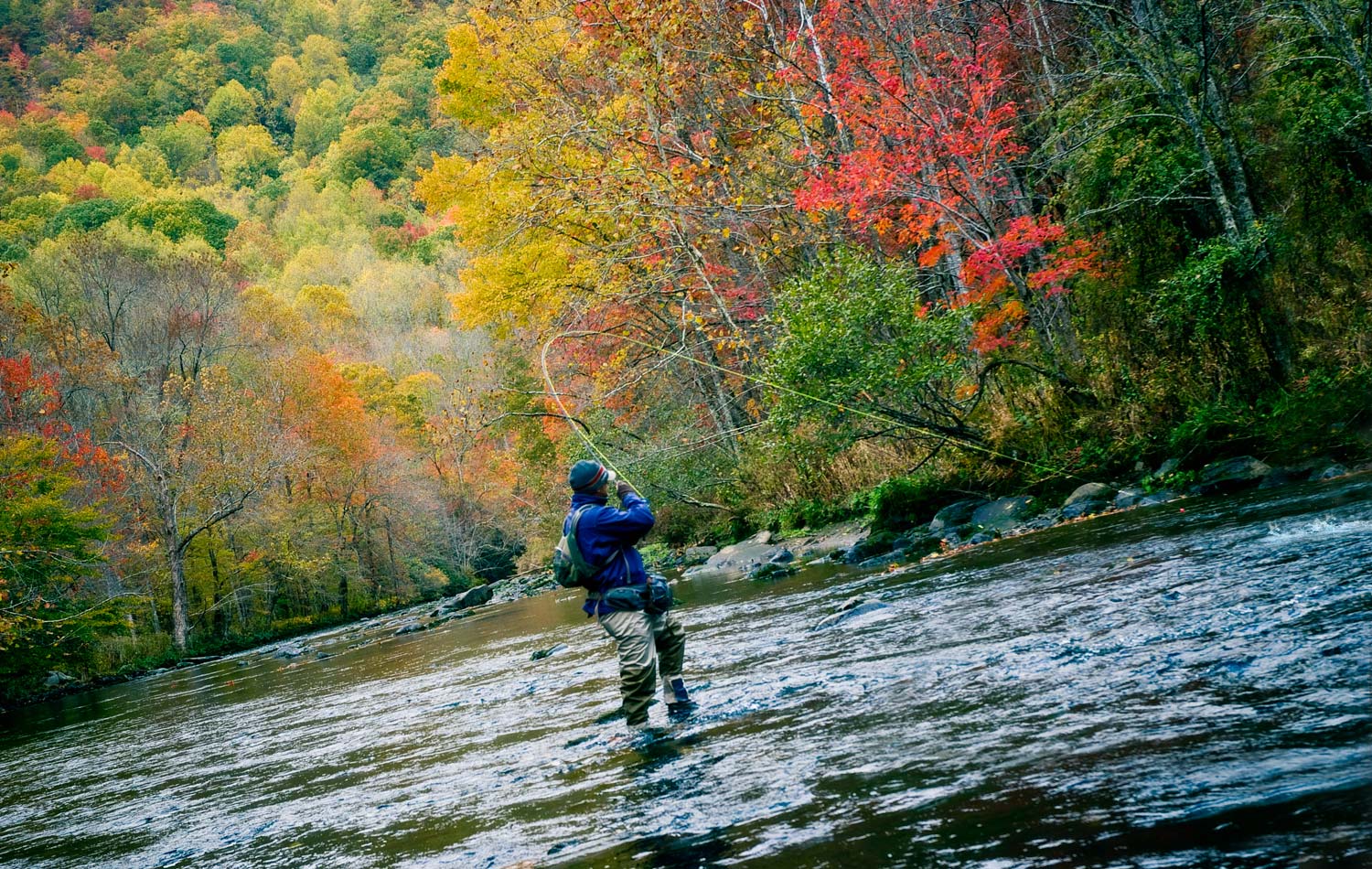
By: Alice Tesar
With high water temps and river closures this summer throughout the west it is likely you’ve been fishing some unfamiliar high-country creeks and lakes.
Exploring new water shouldn’t end because summer is over. Fall fishing in the high country can produce some of the feistiest and color-rich browns and brookies you see all year. I’m all about hucking streamers the size of my head at angsty browns in the fall along my usual rivers but there is something exhilarating about catching a pre-spawn brook trout in cool water, surrounded by changing leaves and mountain peaks dusted in the year’s first snow fall. Early October can be a great time to head to the high country to get in some fishing before winter gates close and the rivers and lakes freeze.
Brook trout spawn in the fall when the water temperature drops to around 52 degrees Fahrenheit, so pay attention to water temps and look for redds to know when to stop fishing. Prespawn they are eager to eat any well presented blue-winged dry and emerger patterns. My favorite patterns for this time of year are a BWO Film Critic, a Barr’s BWO emerger, a parachute BWO, I’ll also set any size 18-20 black midge pattern behind a natural colored terrestrial. Rivers this time of year can be low and clear so expect the fish to be spooky. Getting at these fish may require army crawling, smaller tippet, and longer casts. If you are in a space where long casts aren’t an option, try high sticking with a longer tippet section. When you’re fishing emergers, lift the rod tip slowly before you recast, you’re more likely to find fish making quick decisions on emergers and you can get some hard strikes using this tactic.
If you’re lucky enough to get out there after a hard rain, go. Rains drop water temps and with the influx of water from muddy banks large terrestrials and small rodents are swept into the water which means you can throw the bigger meat- ugly hoppers, streamers, and yes, mice. Browns are especially
Read More »Sunday Classic / Tarpon on the Fly: 10 Rookie Mistakes
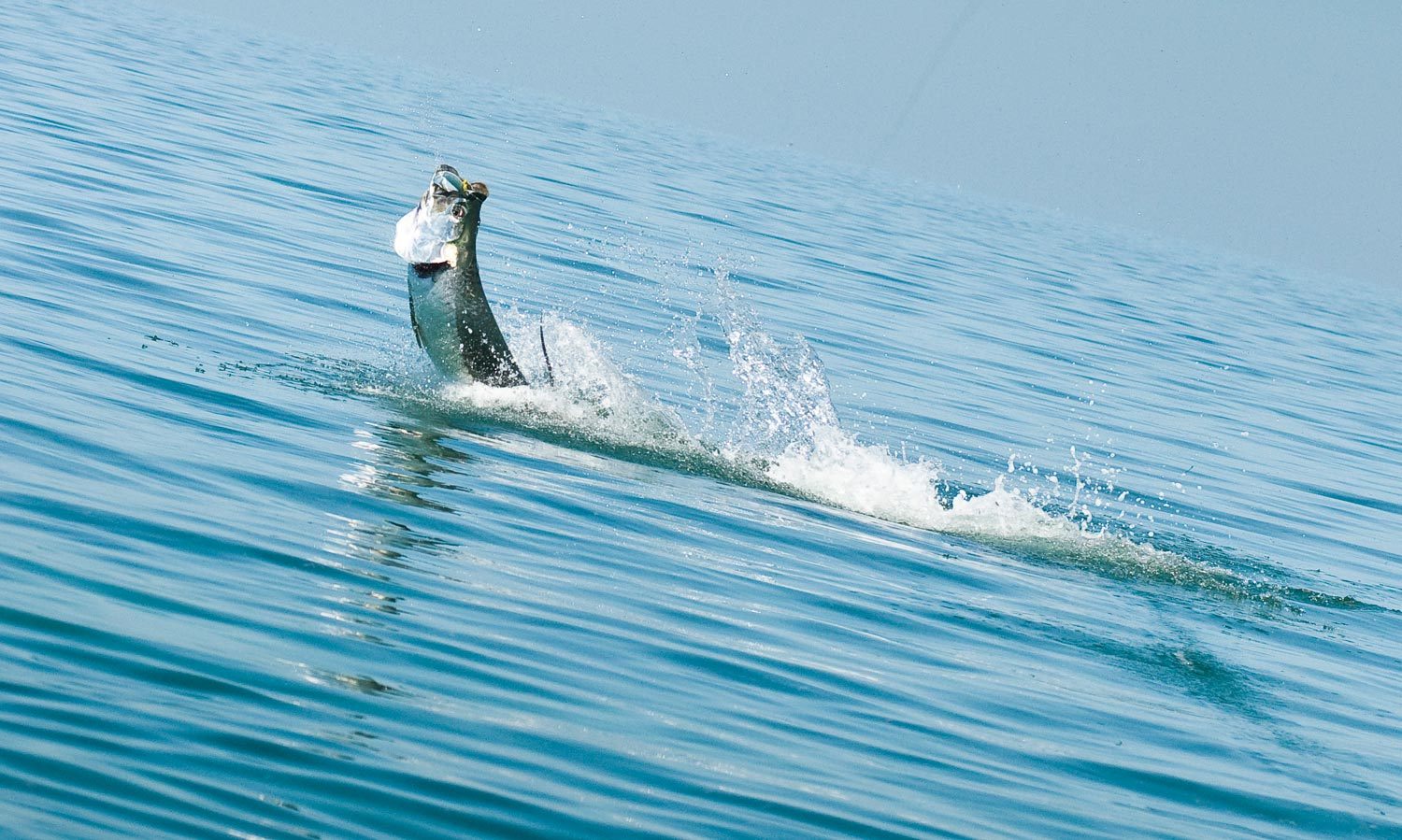
I’ll never forget heading down to the Florida Keys for my first fishing trip for tarpon on the fly. Cruise control set and adrenaline pumping through my veins, that fifteen hour drive south only felt like it took four hours. My rookie confidence was overflowing, leaving me zero doubt that I had the necessary fishing skills to step up to the challenge of landing a tarpon on the fly. After my first trip was completed and I played it all back in my head, I realized I could have been a whole lot more prepared. My guide Capt. Joel Dickey did his job. He put me on plenty of fish, I hooked up with a couple nice tarpon, but I never landed one because I made too many rookie mistakes on the bow. Below are 10 common mistakes I wished I would have taken the time to read over before I made my first tarpon outing.
Read More »Saturday Shoutout / Smoke on the Water
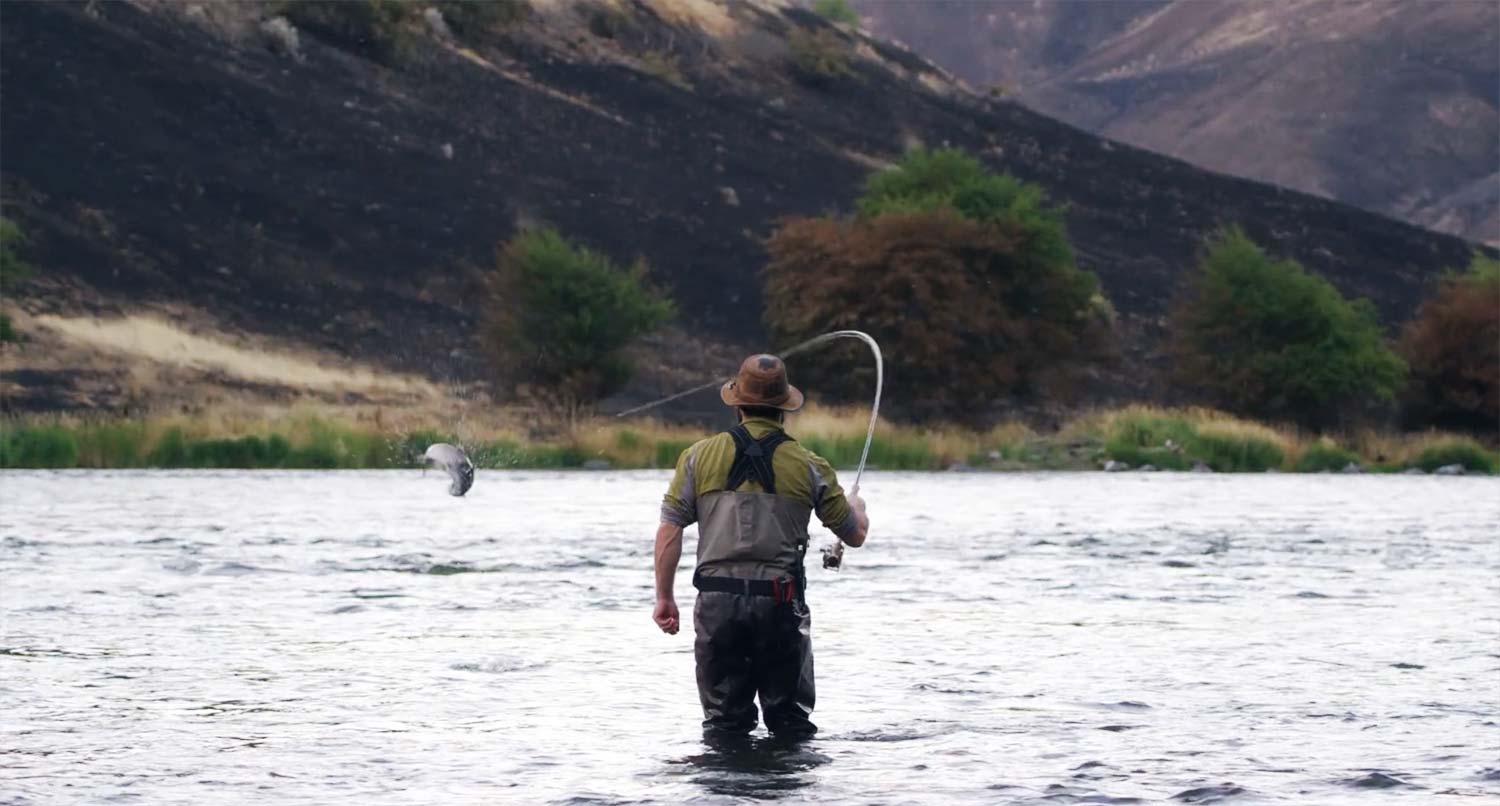
Fire, Water and Steel on the Deschutes River.
I just returned from the G&G Steelhead Camp on the Deschutes River in Oregon. You may already know that the river was at the heart of a huge wild fire just a month ago. That didn’t stop my buddy Curtis Ciszek from heading out for some cold beer, hot ground and sick steelheading.
ENJOY, “SMOKE ON THE WATER”
Read More »New Orvis Flow Nippers, They Nip! : Video
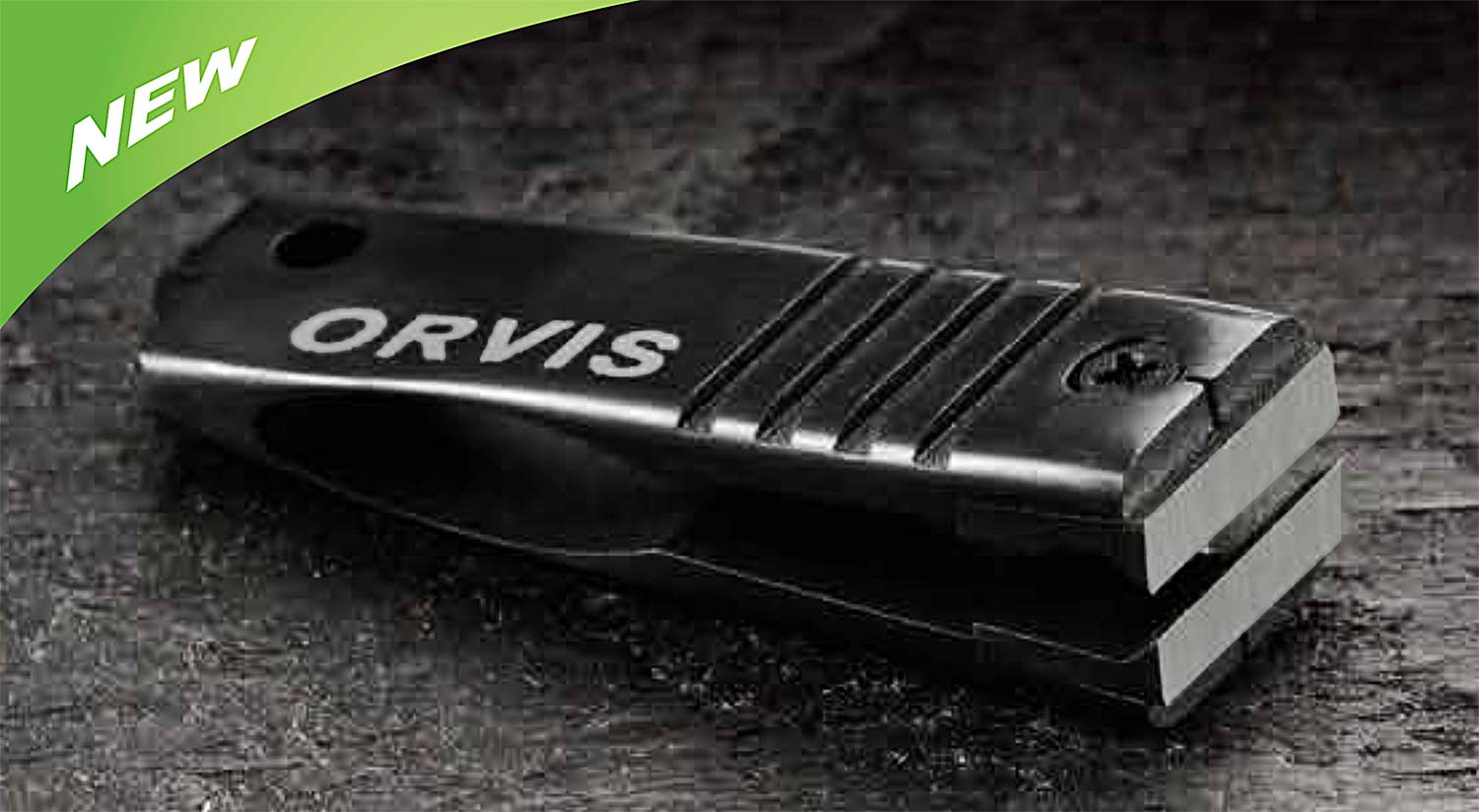
The new Orvis Flow Nippers combine quality and price.
I own a pair of high end Orvis nippers. They are awesome, but they are also $80. While there is certainly a market out there for expensive, deluxe nippers, most of us want something that will last for a whole lot less. Orvis knows that too.
This year, as part of a whole new line of tools, they are introducing the Flow Nippers. Quality, stainless steel nippers for $30. Still not the cheapest nippers you can buy, but they work great and will take a beating.
WATCH THE VIDEO TO SEE TOM ROSENBAUER TELL YOU, “THEY NIP!”
Read More »Wood is Good
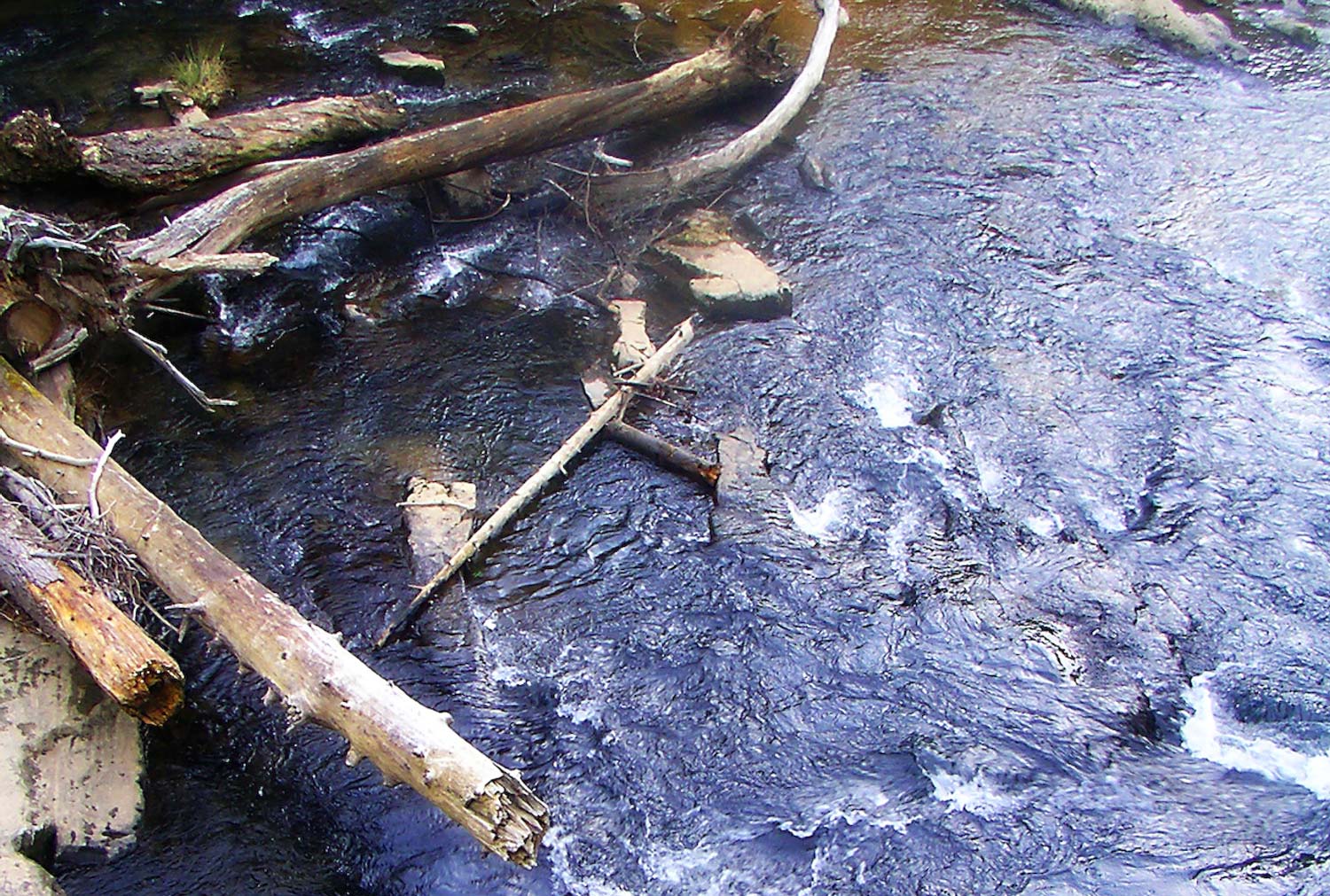
“Wood is good”, shouted Sam Cornelius manning the oars, as I concentrated on drifting my flesh pattern against the never ending medley of wood snags along the Togiak River banks in Alaska, back in 2006. “When ever you see wood, drift your flies as close to it as you can, because fish are usually close by.
Read More »That’s Going To Leave A Mark

Nobody want’s a hook in their face.
(If you’re paying attention, you notice I ended yesterdays article with this same words. Not a coincidence. )
By far, the most popular video I have ever shot for G&G is the one where I stick a hook in my arm so we can show how to use “the mono trick” to get it out. Well, I got to take my brother Tom fishing the other day and I guess he isn’t going to be outdone by his little brother. Half way through the float he hooked himself in the face with a 2/0 Gamakatsu B10s.
The hook was in his cheek all the way to the bend. About as bad a hooking as I’ve ever seen. I’ve snatched hooks out of people before, but not one this bad, and not my brother. It was not textbook on the first attempt. Of course tom shot selfi-video.
I’m sharing this video as a cautionary tale…and also because it’s darkly hysterical. Let this be a lesson to you kids. Practice your casting.
Read More »